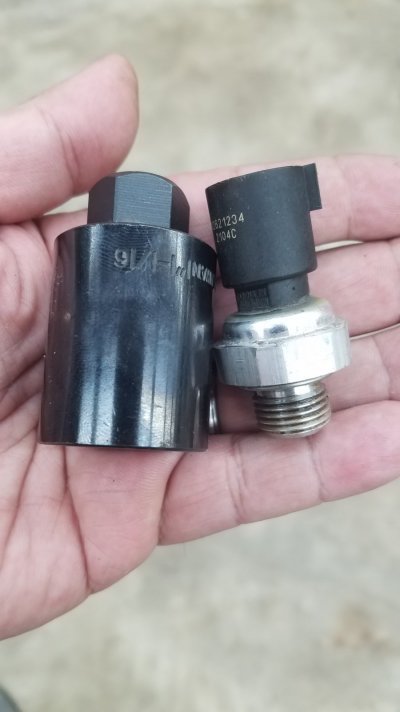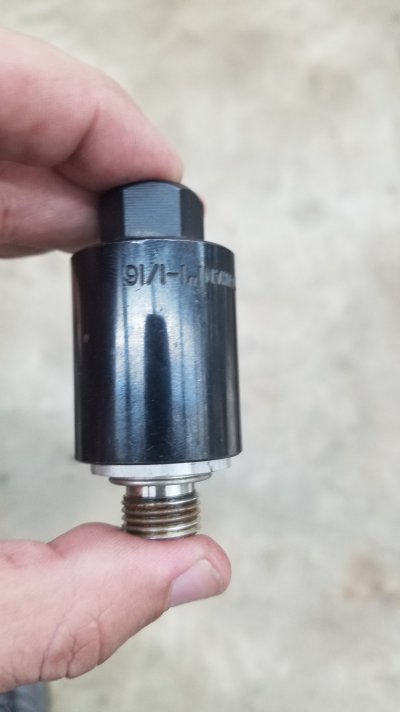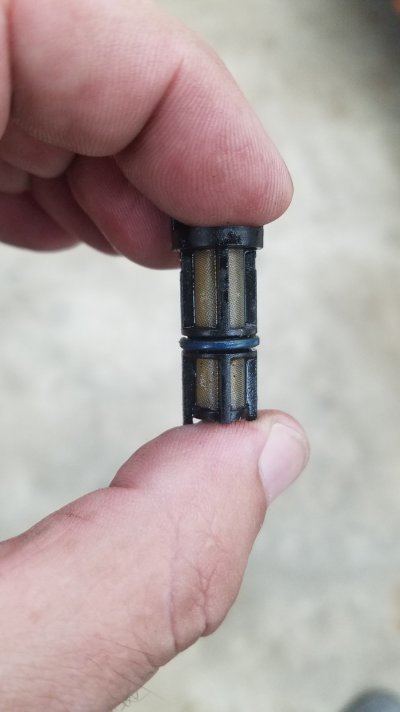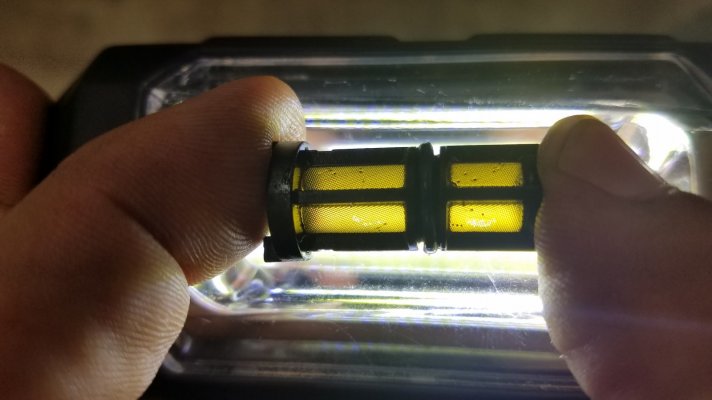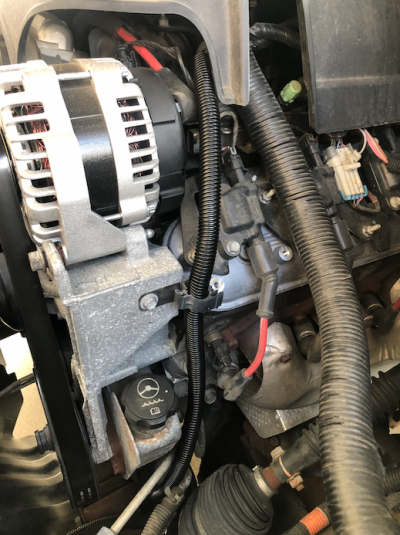Sparksalot
Supporting Member
I’ve assumed It was leaving the normal puddle. I know ass you me.Are you still getting the normal condensation dripping out of the evaporator and hitting the ground below the vehicle? If so your drain line is OK. If not, it’s plugged.
I have on occasion experienced the same phenomenon you described in multiple vehicles when the temperature and humidity were just right. The evaporator chills the air below the dew point and blows out a stream of fog. And under similar high humidity conditions moisture can condense on the exterior surfaces of cold HVAC parts like ductwork and the evaporator housing, and drip down.
The most effective way to combat the latter scenario is running the HVAC on recirculate so more humidity is not drawn in, and crank the fan speed up to reduce the temperature delta between the components and the air passing through. Once the interior humidity is dried down by the HVAC, the surface condensation should stop.
I’ll have to specifically look the next time I’m out to verify.

